Jeff Foust

WASHINGTON — The two companies with NASA contracts to develop crewed lunar landers are also beginning work on cargo versions of their spacecraft.
NASA has exercised options in Human Landing System (HLS) awards made to Blue Origin and SpaceX to begin initial design and development work of versions of their landers that can carry large amounts of cargo to the lunar surface.
NASA made a passing reference to the work in a Jan. 9 announcement about the delays to the Artemis 2 and 3 missions. “NASA also shared that it has asked both Artemis human landing system providers – SpaceX and Blue Origin – to begin applying knowledge gained in developing their systems as part of their existing contracts toward future variations to potentially deliver large cargo on later missions,” the agency said in a press release.
“In the last few months, we’ve asked both of our Human Landing System providers, SpaceX and Blue Origin, to being applying the work they’re doing on the human-rated versions of the landing vehicles to develop a cargo variant that can land large cargo on the surface,” said Amit Kshatriya, deputy associate administrator for the Moon to Mars Program in NASA’s Exploration Systems Mission Development, in a Jan. 9 media call. However, NASA provided no other details about that work at the time, with the briefing focused on the delays to the upcoming Artemis missions.
In a Jan. 19 statement to SpaceNews, NASA spokesperson Kathryn Hambleton said that the work is being done under options to Blue Origin’s HLS contract, awarded in May 2023, and the “Option B” award to SpaceX in November 2022, which modified the original HLS contract SpaceX won in April 2021. The options, which cover work through a preliminary design review, do not require additional funding beyond the $3.4 billion to Blue Origin and $1.15 billion for SpaceX’s Option B.
“NASA expects these large cargo landers to have high commonality with the human landing systems already in work with adjustments to the payload interfaces and deployment mechanisms,” NASA stated. “The preliminary design requirements include delivering 12 to 15 metric tons to the lunar surface.”
NASA added that no payloads have been identified yet for those landers. The earliest the cargo landers would be used is Artemis 7, a mission projected for no earlier than the early 2030s.
Neither company has publicly discussed work on cargo versions of their HLS landers. Elon Musk, chief executive of SpaceX, did mention the ability of his company’s Starship vehicle to land large payloads on the moon in a presentation posted by SpaceX Jan. 12. “We want to far exceed what NASA’s asked us to do,” he said. “We want to go far beyond the NASA requirements and actually be able to put enough payload on the moon with enough frequency that you could actually have a permanently occupied moon base.”
Blue Origin and SpaceX are not the only ones working on large cargo lander. The European Space Agency is in the early phases of development of Argonaut, a cargo lander that ESA is proposing to offer for future Artemis missions. Argonaut, as currently designed, would carry about two metric tons of cargo, far less than what NASA is proposing with the cargo HLS variants.
The cargo lander options that NASA has exercised are not the first NASA contracts to the companies regarding delivering cargo to the moon. NASA selected the two companies, along with three others, in the second round of the Commercial Lunar Payload Services (CLPS) program in November 2019. SpaceX offered Starship, which the company said at the time could deliver up to 100 metric tons to the lunar surface, while Blue Origin offered its original cargo version of its Blue Moon lander, capable of taking several metric tons to the moon.
Neither Blue Origin nor SpaceX have won any CLPS task orders, and it is unclear if either company bid on any of the missions NASA has awarded through the program.
NASA study: clean, space-based solar power beaming is possible
David Steitz

A newly released NASA study examines the feasibility and potential impact space-based solar power could have on the world’s sustainable clean energy needs. The Biden administration and Congress now need to step up their clean energy game and mature this technology in order to assure American leadership in this critical, new high frontier of clean energy technology.
Space-based power beaming essentially works like our space-based telecommunications systems except for the fact that it beams usable energy instead of data. The idea is to use huge solar arrays parked in space to collect and beam solar energy down to remote ground stations on Earth via focused microwaves. Space solar power stations could beam collected energy to anywhere they can see; the transmitted energy can pass through clouds. The stations could be placed in orbits that provide power to literally anywhere on Earth’s surface, day or night. The resulting energy can then be easily converted into electricity on Earth, as zero-emissions clean energy.
Once demonstrated, space-based power beaming could become the energy source that moves us past fossil fuels in a way that is equitable, evolvable, scalable and distributable. Space-based solar power beaming could deliver energy that is cheaper, cleaner and more accessible than many alternatives.
The new NASA report, withheld for more than a year for technical and political review, shows that there appear to be no clear technical showstoppers for an in-space solar power demonstration mission. It also showed that tapping into technologies under development today by NASA’s global partners could make space solar power beaming feasible soon — within two decades. And because pieces of this promising technology are currently or soon to be available, development requires no miracles — just commitment.
While development of a space solar power beaming system will require a lot of work to get from today’s concepts to tomorrow’s demonstration mission, the technology holds tremendous returns for domestic industrial advancement, space sector expansion and abundant clean energy that can help us meet America’s net-zero goals.
If the clean energy provided by a space-based solar power system accounted for just five percent of our national energy consumption, it would significantly reduce our carbon footprint.
Securing American leadership in space-based power
Experts in the field point out the many potential benefits of space-based solar power for meeting immediate energy and societal needs. It demonstrates how our growing space technology and industry can return sustainable and significant value back to Earth, how net-zero can be achieved, and how America can ambitiously lead in troubled times. Plans by the Europeans, Japanese, the United Kingdom and the Chinese show an appetite to move forward on this technology. Sadly, the U.S. remains largely on the sidelines. Make no mistake: whichever nation develops this technology first will hold the high ground in future energy supply systems.
To move the needle forward on space-based solar power, the White House should establish a small interagency Space Energy Working Group, led by the president’s Science Advisor, to explore a whole-of-government effort to field a space solar power beaming demonstration system for domestic energy, with a clear path to transitioning the capability to an industry-managed test deployment within a decade.
Such a working group could establish mechanisms that facilitate an innovative industrial engagement strategy. This working group should assign roles and establish policy recommendations to address any transmission issues necessary to ensure space-based solar power beaming can be integrated into the national grids.
At the same time, Congress should allocate an independent appropriations line within the lead agency that permits transfer of resources to support a demonstration project. Given that this is both a space and energy project that has obvious national security implications, a $50 million start-up cost to an expeditious agency like the Defense Advanced Research Projects Agency (DARPA) would help buy down risk.
DARPA researchers and engineers could then make progress toward power beaming, deployable lightweight structures, control systems for large structures, high power electronics, in space assembly, and new flight dynamics algorithms.
A call for a demonstration mission
Policy makers should direct DARPA to stand up a space power technology program to develop the architecture, technology development and model development of a 5-kW demonstration mission by 2028, with a goal of a 1-MW system by 2035.
Following a first demonstration mission, a reasonable path toward development of space solar power beaming could fuse a large public investment with major industrial players (think the aerospace prime contractors), to build and demonstrate a megawatt-scale system. Once a demonstration mission is up, smaller companies may spin out from the government-led project to develop and build subsystems and emerge as new players.
The White House and Congress should not turn their backs on the chance for America to lead on a new clean energy technology that has tremendous potential. Space-based solar power connects the ambition and inspiration of space exploration with tangible benefits to Earth by addressing the persistent and growing need for more clean energy.
It takes very little imagination to see how space-based solar power beaming technology is not only becoming feasible, but also a clean energy solution that’s exactly what America needs. The path to net zero will not be found by drilling down, but by building up above.
David Steitz is a communications and space technology consultant. He served as NASA’s deputy associate administrator for technology, policy and strategy and as the agency’s deputy chief technologist until retiring from NASA in 2022, concluding a 32-year career at NASA Headquarters in Washington.
Jeff Foust

WASHINGTON — Advocates of space-based solar power are criticizing a NASA report that offered a skeptical assessment of that technology’s ability to provide low-cost green energy.
The report, released Jan. 10 by NASA’s Office of Technology, Policy and Strategy (OTPS), examined two previously published architectures for generating electrical power in space and transmitting it to Earth by microwaves, known as space-based solar power (SBSP). The report calculated the lifecycle costs of those architectures as well as the greenhouse emissions their development would produce.
The report concluded that one architecture would produce electricity at a cost of $0.61 per kilowatt-hour, and the other at $1.59 per kilowatt-hour. By contrast, terrestrial renewable systems, such as wind, hydropower and terrestrial solar plants, produce energy at $0.02 to $0.05 per kilowatt-hour.
The report also found that the greenhouse gas “emission intensity” of the SBSP systems, or the amount of greenhouse gases produced from building and launching the systems, was much less than the average of the U.S. electric grid today, but similar to terrestrial renewable systems.
“We found that these space-based solar power designs are expensive. They are 12 to 80 times more expensive than if you were going to have renewable energy on the ground,” said Erica Rodgers, science and technology partnership forum lead in NASA’s Office of the Chief Technologist, in a presentation at the AIAA SciTech Forum conference where the agency released the report.
However, advocates of SBSP have criticized NASA’s cost assessment, in particular the assumptions used for it. “The things that I thought were most admirable were the general methodology, the modeling and the economic emphasis,” said John Mankins, a former NASA official who led an earlier agency study of SBSP in the late 1990s, of the new report in an interview. “They looked at lots of different cases and tried to model a wide variety of different parameters.”
What he took issue with in the report are the assumptions and the data inputs for that modeling. “It seems to be driven entirely by a wide variety of assumptions that are, in combination, the worst possible of the worst possible cases from years ago.”
One example is launch, which accounts for more than 70% of the overall costs of each of the two architectures studied by NASA. The study assumed launch costs of $1,000 per kilogram, plus a 15% “block buy” discount. That struck Mankins as pessimistic, citing SpaceX’s development of Starship and work by other companies, particularly since the NASA study assumed the SBSP system would be launched in the 2040s.
“If it was really true that everybody believed that there was never going to be any improvement in launch beyond the Falcon 9 reusable, I don’t think Blue Origin would be wasting their time working on New Glenn,” he said.
Launch costs could be further reduced, he noted, if electric propulsion is used to transport elements of the system from low Earth orbit to geostationary orbit, rather than the NASA study’s approach of refueling Starship in LEO — similar to the approach it is using for the Starship lunar lander — to carry payloads to GEO.
The NASA study did address the baseline model’s sensitivity to factors such as lower launch costs, use of electric propulsion and assuming a longer lifetime for components in GEO than the 10 years included in the baseline. Incorporating all of those factors reduces the electricity costs of the SBSP systems to levels similar to terrestrial renewable alternatives.
“That’s just weird,” Mankins said of that approach. A typical such study, he said, would pick a “middle of the road” scenario as the baseline and see how factors can either increase or decrease costs. He also criticized the report for not incorporating much of recent research on SBSP technologies.
Other organizations that have promoted SBSP, like the National Space Society (NSS), also critiqued the report. In a Jan. 17 statement, it argued that the report “stopped short of a thorough examination of the real costs and promise” of SBSP, citing launch costs and other factors.
“NSS welcomes the recognition of the importance of space solar power in the OTPS report and looks forward to providing input to NASA to clarify and enhance the conclusions,” said Dale Skran, chief operating officer of the NSS.
Another advocacy group, the Space Frontier Foundation, said the report is evidence that the U.S. government as well as companies should take the technology seriously despite the conclusions of the baseline model. “This report retires the concerns that space-based solar power is science fiction, and shows that NASA and the U.S. government are recognizing the climate-friendly economic benefits of global leadership of this new energy system,” said Sean Mahoney, executive director of the organization.
The report, which NASA announced plans to produce in 2022, comes as other countries and organizations pursue SBSP studies. The European Space Agency is funding a project called Solaris to examine the feasibility of SBSP. China, Japan and the United Kingdom have performed their own analysis of the technology.
That interest in SBSP was one factor in NASA’s decision to conduct this study, Rodgers said. “We were motivated because space-based solar power research is picking up globally. It’s been accelerating over the past five years,” she said at the AIAA conference. “We wanted to better understand why there’s this acceleration.”
Mankins said he was concerned that the pessimistic NASA report might dampen some of that global interest. “That will have a significant chilling influence, particularly in Europe, the U.K. and the U.S.,” he said, “Any document that comes out with the [NASA] meatball on it is regarded almost as gospel.”
There is a small amount of SBSP research in the United States taking place outside of NASA. The California Institute of Technology announced Jan. 16 that it had completed its first in-space test of SBSP technologies, called Space Solar Power Demonstrator 1. That featured three experiments to test deployable structures, photovoltaic cells and wireless power beaming that were flown as a hosted payload on the Vigoride-5 tug by Momentus last January.
Those tests were largely successful, Caltech professors involved in the project described in a presentation last October. However, they said they did not immediately plan to fly a second set of experiments, electing to first perform additional work in the lab for the privately funded project.
“Solar power beamed from space at commercial rates, lighting the globe, is still a future prospect,” Caltech President Thomas Rosenbaum said in a statement about the end of the experiment. “But this critical mission demonstrated that it should be an achievable future.”
Jason Rainbow

TAMPA, Fla. — Space investments should start picking up in 2024 after plummeting last year, executives discussing the industry’s outlook said Jan. 17, but will likely remain far short of record highs.
According to recently released research from early-stage investor Space Capital, around $17.9 billion was invested in the global space economy in 2023, 25% less than in 2022 and a decade low against tough economic conditions.
This level of investment was a far cry from a $47 billion peak Space Capital recorded for 2021 as banking giants such as Morgan Stanley forecast a trillion-dollar space economy by 2040.
“A lot of it is just driven by macroeconomic factors like higher interest rates, which tend to reduce the risk appetite,” Hoyt Davidson, managing partner of investment banking and financial advisory firm Near Earth, said during a webinar hosted by the Space and Satellite Professionals International (SSPI) trade organization.
Historically, most space investments come from the United States, where Davidson said investors were buckling down for a recession that never came.
“I think people believe in general that inflation is getting tamed and interest rates are going to flatten or come down,” he added, “and so the appetite for risk investment should improve this year.”
However, investors are still reeling from a recent wave of special purpose acquisition company (SPAC) mergers that rushed a bunch of early-stage space firms to the stock exchange, only for many of them to miss revenue targets and significantly underperform on the public market.
“We had kind of a boom and bust cycle with the SPACs,” said Matt O’Connell, an operating partner at venture capital firm DCVC.
“I think that there were some companies that should not have gotten funded and that left a bad hangover,” O’Connell said, “and we’re still working through that.”
The market is in a “holding period right now,” he said, but “will come around because there’s a lot of demand out there.”
O’Connell said he knows of three space companies planning to list shares on the public market in 2025 through a traditional IPO process.
The space industry is also benefiting from unprecedented familiarity among investors, he said, thanks partly to an increase in public companies and the efforts of high-profile entrepreneurs.
“There’s no question that the three amigos — Musk, Bezos, and Branson — helped raise the visibility of the industry a lot,” O’Connell said, “and people started thinking, oh, space is not just for aliens … you can actually make money in space.”
The panel also agreed that widespread government demand for space-based capabilities continues to be a major boon for the industry, and helped prop up the sector amid a challenging macroeconomy.
Space companies able to demonstrate commercial success will only increase government support for the industry, noted Carie Mullins, director of analytics at space research firm BryceTech.
Andrew Jones

HELSINKI — The Tianzhou-7 cargo spacecraft docked at China’s Tiangong space station Wednesday to resupply the orbital outpost.
A Long March 7 rocket lifted off from Wenchang Satellite Launch Center on Hainan island at 9:27 a.m. Eastern (1427 UTC) Jan. 17. Tianzhou-7 separated from the launcher and entered its predetermined orbit 10 minutes later, the China Manned Space Engineering Office (CMSEO) announced.
Tianzhou-7 docked at Tiangong just over three hours later, at 12:46 (1746 UTC), according to CMSEO. The Shenzhou-17 crew aboard the space station will later enter the Tianzhou 7 cargo spacecraft and carry out cargo transfer and other related work.
The launch was the first to Tiangong in 2024. China completed the space station in late 2022 and has been sending regular, three person crews to Tiangong for roughly six-month-long missions. Each mission includes a handover, during which time there are briefly six astronauts aboard.
China plans to launch three further missions to Tiangong in 2024. These will be the Shenzhou 18 and 19 crewed missions and the Tianzhou-8 mission. The latter will fly roughly eight months from now.
Tianzhou-7 carries 260 items of cargo, with a total mass of around 5.6 tons. Of this around 2.4 tons are supplies for the astronauts, including fresh fruit and vegetable and gift packages related to the incoming Year of the Dragon.
60 science units include an experiment focused on human bone cells and another carrying anaerobic archaea which will look at viability and methane production of early terrestrial life in a simulated cosmic environment.
CMSEO plans to send a Tianzhou spacecraft to Tiangong once every eight months. This is up from the original plan of once every six months, thanks to improvements in the capacity of the Tianzhou spacecraft.
The automated docking was not as fast as the two-hour launch-to-docking performed by Tianzhou-5 in 2022, but the three-hour Tianzhou-7 docking was fuel and technology intensive.
CMSEO is also fostering low-cost cargo alternatives to supply Tiangong. The agency issued a call for proposals in May 2023 and selected four proposals in September to advance to a detailed design study phase.
While all selected cargo spacecraft proposals came from state-owned entities, it is understood that commercial launch vehicles are involved in plans to launch these spacecraft, rather than relying solely on Long March rockets.
The Kinetica-2 launcher being developed by CAS Space is understood to be the launcher for a proposal from the Innovation Academy for Microsatellites (IAMCAS) under the Chinese Academy of Sciences (CAS). CAS Space is a CAS spinoff.
Additionally, the Gravity-1 solid rocket launched by Orienspace from the Yellow Sea last week included a self-developed low-cost cargo spacecraft, according to the company. This was partly as a mass simulator to verify the rocket’s performance.
China aims to operate Tiangong for at least a decade. A co-orbiting space telescope with a roughly two-meter-diameter aperture is set to launch in 2025. “Xuntian” will be able to dock with Tiangong for maintenance, repairs and possibly upgrades.
The country is also planning to expand Tiangong with a multipurpose module. This will allow further full-sized modules to dock with the orbital outpost. The lifespan could also be extended, keeping it in orbit long after the International Space Station is expected to be deorbited.



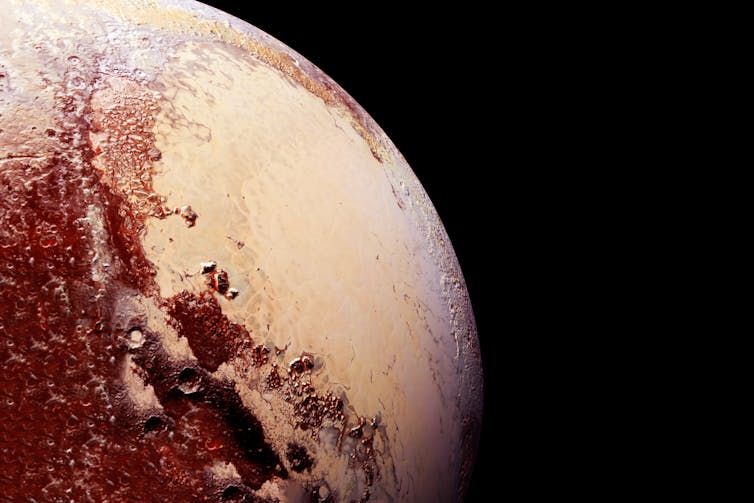
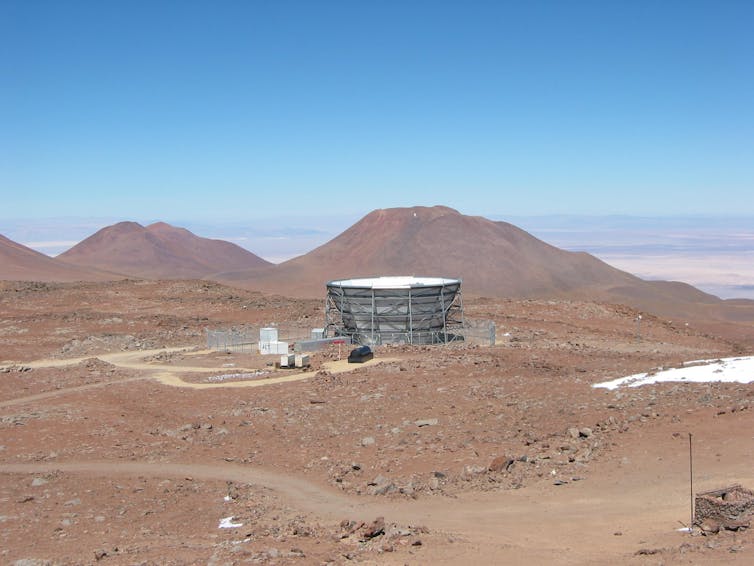
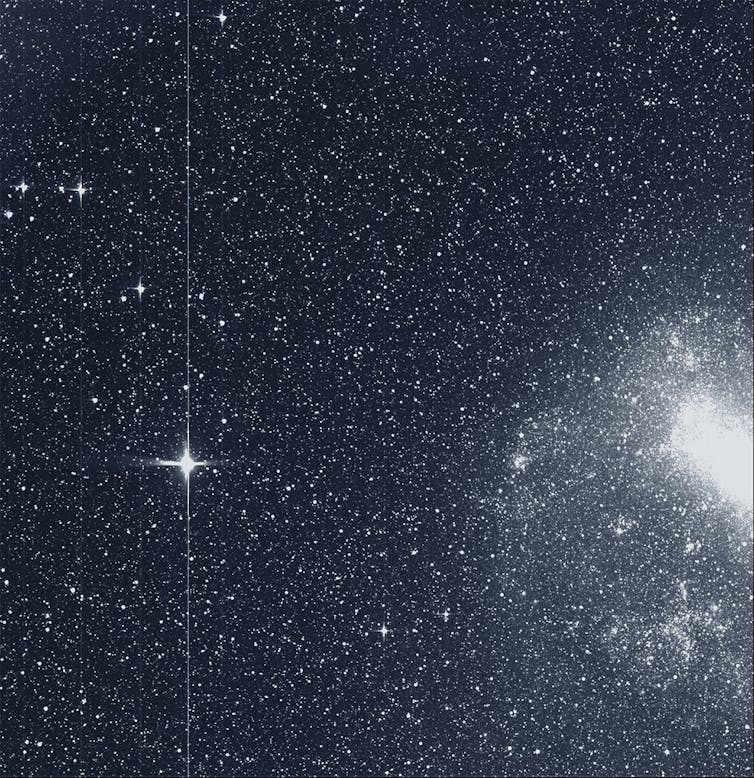
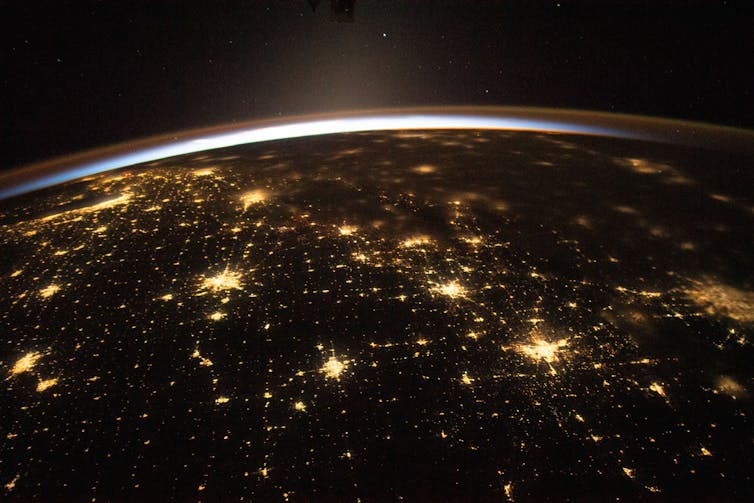

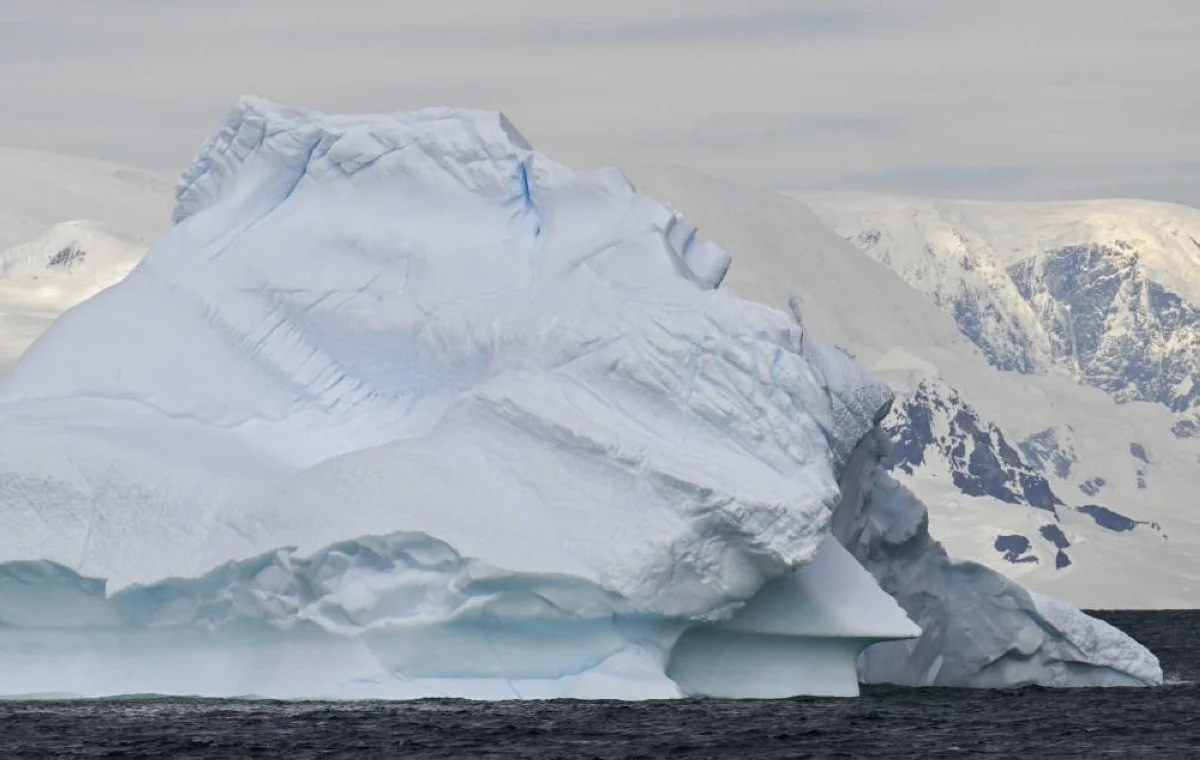
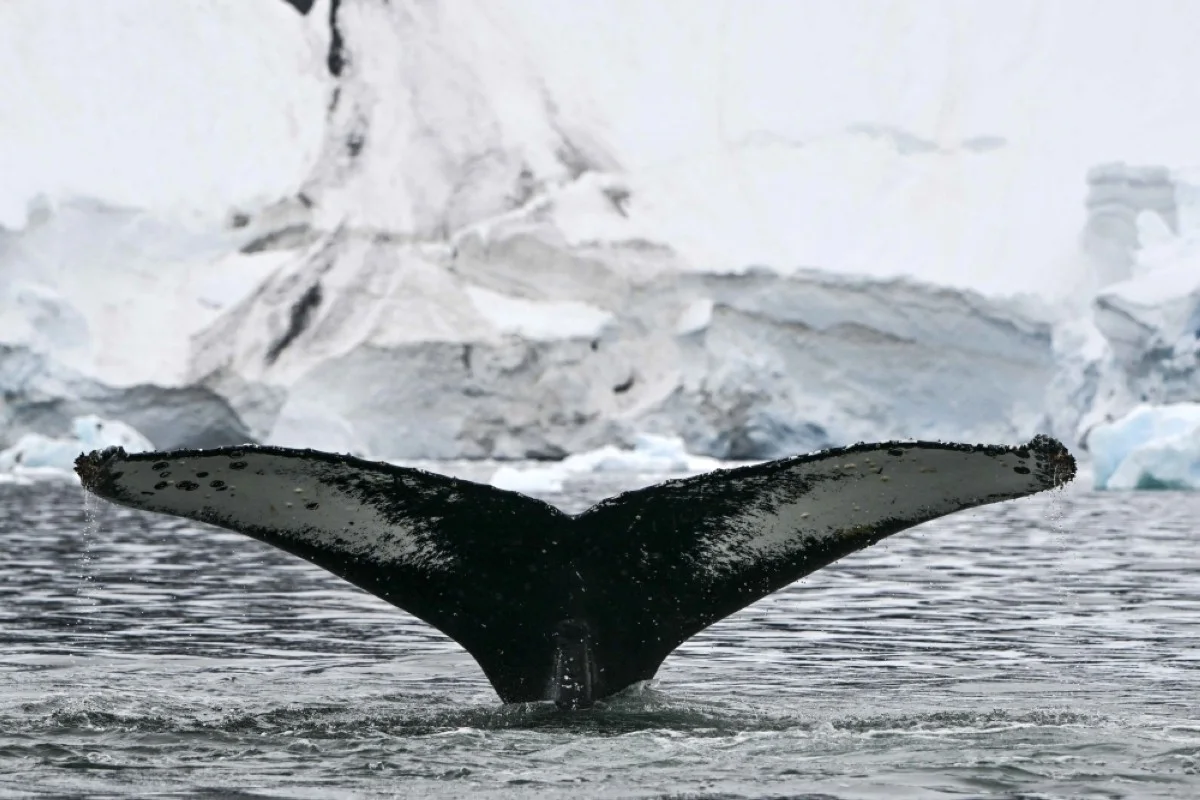


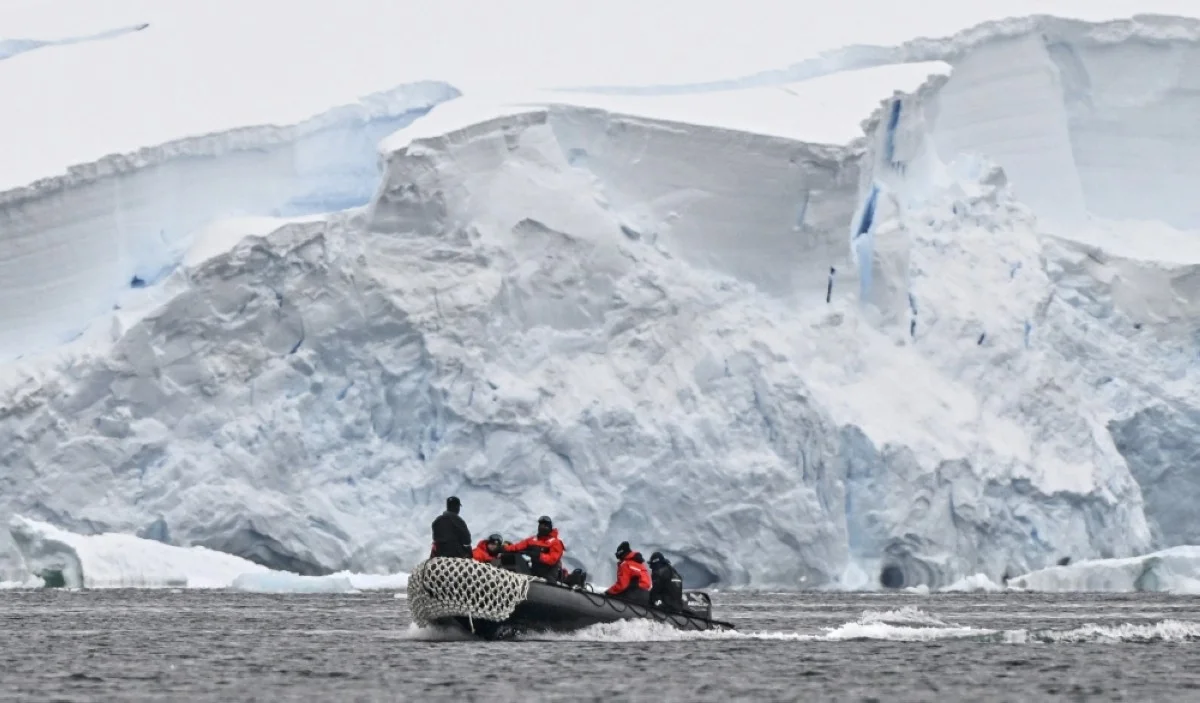
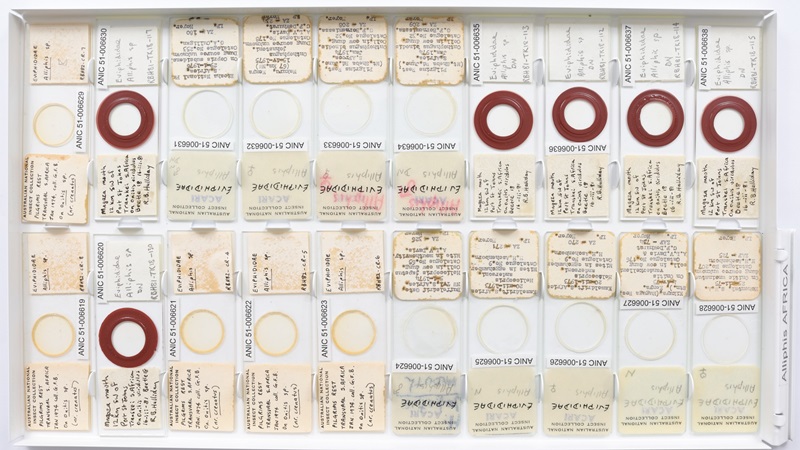
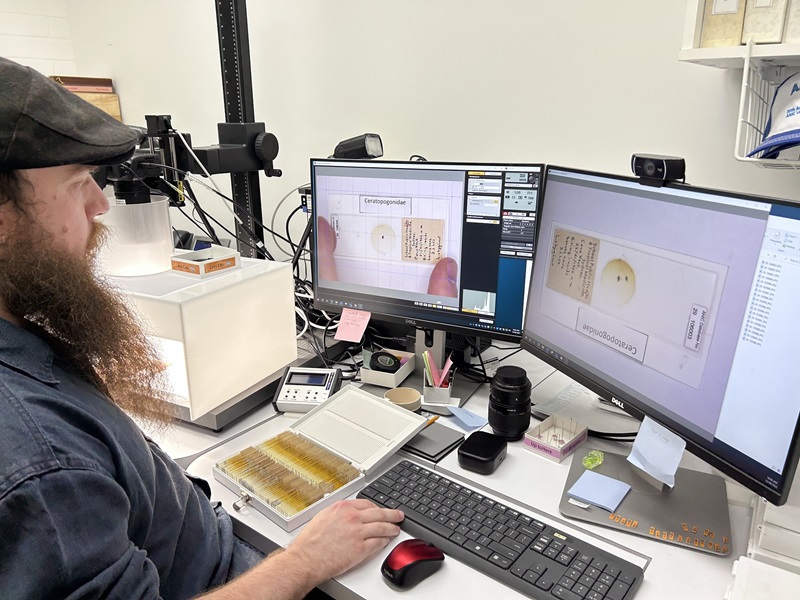


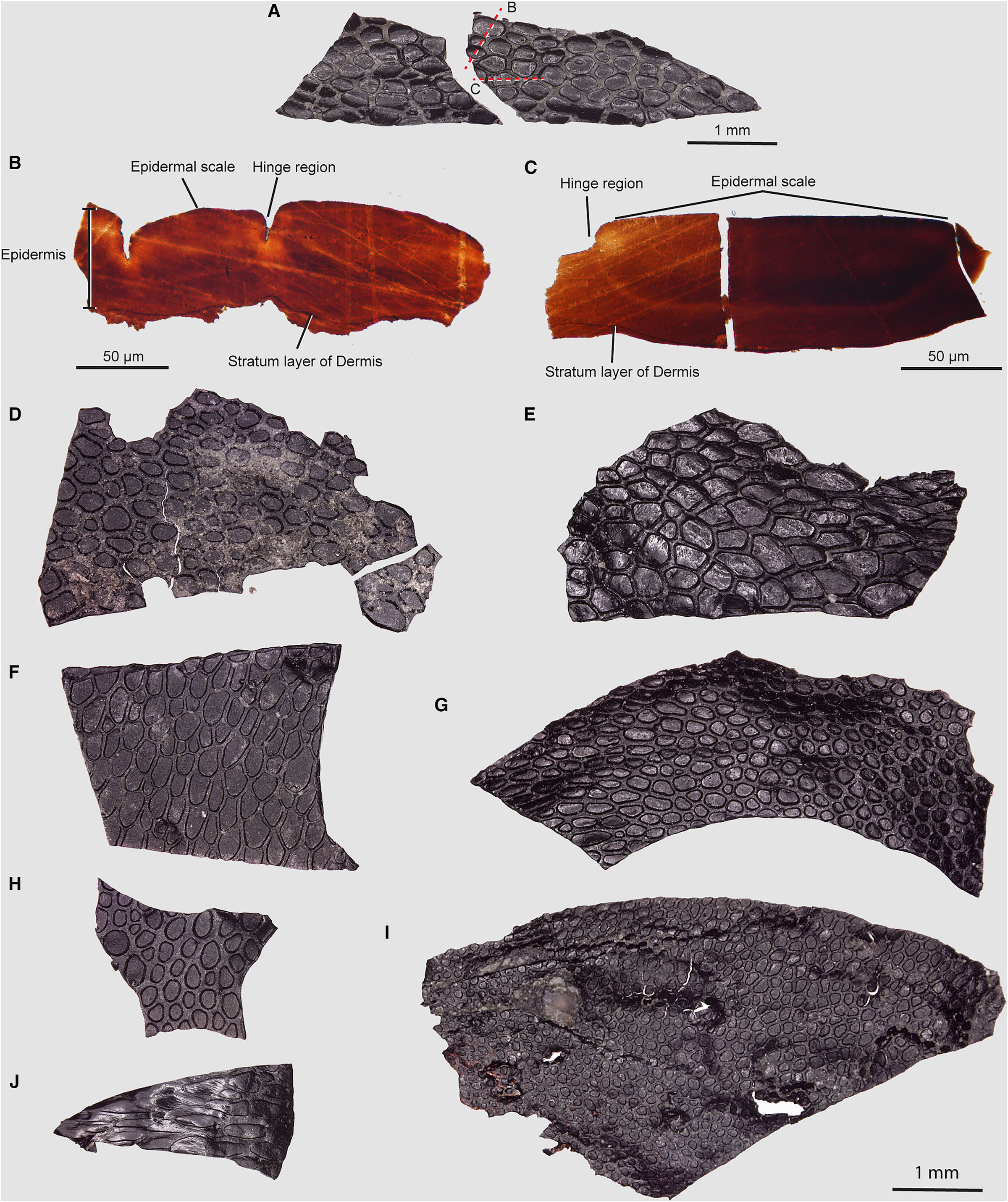
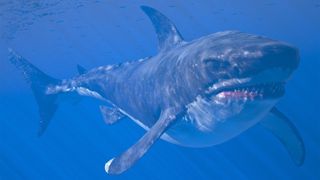
:focal(749x564:750x565)/https://tf-cmsv2-smithsonianmag-media.s3.amazonaws.com/filer_public/87/29/87290ba6-1553-4957-8822-a6a59657f5be/gettyimages-567419617_web.jpg)
/https://tf-cmsv2-smithsonianmag-media.s3.amazonaws.com/filer_public/94/43/9443e086-92ef-4035-be8a-71be23a60630/pressreleasefigure_embargod_until_22_january_2023_1201am_gmt_web.jpg)
/https://tf-cmsv2-smithsonianmag-media.s3.amazonaws.com/filer_public/90/54/90543973-0698-481c-b112-ab843c3df8ec/sternes_megalodon_tooth_pic_web.jpg)
/https://tf-cmsv2-smithsonianmag-media.s3.amazonaws.com/accounts/headshot/RileyBlack.png)